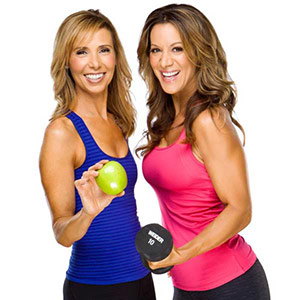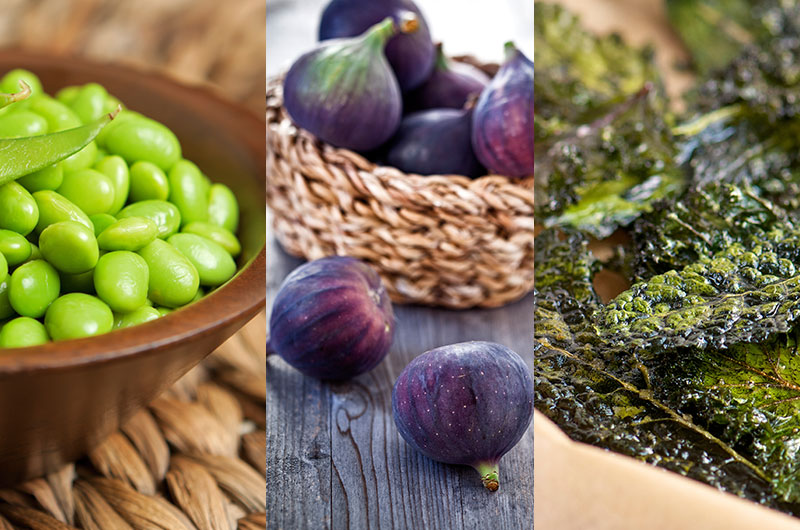I so like no 3.! IT works instantly!
Awesome stuff
myfitnesspal
No matter how obsessed you are with healthy eating, you probably get cravings for junk food every once in awhile.

Even though indulging is an essential part of being mentally and physically healthy, it’s all about moderation. That means sometimes you have to deal with your suddenly quasi-erotic feelings for ice cream without promptly inhaling a pint. Here, two registered dietitians explain 10 ways to stop food cravings in their tracks.
1. Always be prepared with healthy snacks.
The first step to handling cravings is stopping them before they start. “If you make sure to eat about every three to four hours throughout the day, you’re setting yourself up with a healthy foundation to fight cravings,” Brigitte Zeitlin, M.P.H., R.D., C.D.N., a dietitian at B Nutritious, tells SELF. “Cravings often creep in when you haven’t fueled your body properly, making you more inclined to give in to the moment instead of stopping yourself.”
A snack can’t maximize its satiating potential without two crucial nutrients. “Foods high in protein and fiber slow down digestion and help to keep you full for longer,” Alissa Rumsey, M.S., R.D., C.D.N., C.S.C.S., a spokesperson for the Academy of Nutrition and Dietetics, tells SELF. “In contrast, foods high in sugar or refined starch digest quickly and can cause a blood-sugar rebound effect, causing you to crave even more sweets.” Not ideal. A snack should have at least five grams of protein, and you should take in at least 15 during meals, says Zeitlin. As for fiber, Rumsey recommends getting three to five grams from your snacks and between eight and 10 for meals. Here are
six examples of healthy snacks that fit the bill, like a cup of sliced bell peppers with two tablespoons of hummus or a stick of string cheese with half a cup of grapes.
2. Set a timer for at least 20 minutes, then go do something fun until it rings.
“Distractions will separate your mind from the food and give you a chance to realize you aren’t actually hungry,” says Rumsey. The thing is that you’ve got to give time a fair shot to win out over your hankerings. While a craving might feel just as strong after five minutes of distraction, it may go away completely after 20.
3. Ask yourself if you’d eat an apple right now.
If you’re not a fan of apples, substitute any fruit or vegetable you love. This easy test helps you determine whether you’re tempted to eat for a reason beyond hunger. “If the answer is yes, then it’s physiological hunger—go get an apple to eat!” says Rumsey. “But if the thought of a fruit or vegetable is not appetizing, then it’s not real hunger.” In that case, she suggests taking a step back to figure out what you’re really after, like a cure for boredom or comfort after a rough day at work.
4. Move your body.
Hitting the gym works, as does having a solo dance party. Anything goes as long as it’s active. “Many crave-worthy foods have been found to release serotonin, a ‘feel-good’ hormone,” says Zeitlin. That explains why sometimes you wonder if doughnuts are literal portals to heaven because in the moment, nothing on earth seems as amazing as biting into that glazed goodness. Luckily, you can mimic junk food’s effect on your mood sans the sugar crash. “Exercise also releases feel-good hormones called endorphins,” says Zeitlin. Being good to your body via
workoutscan also make you want to keep the momentum going by refueling in a healthy way.
5. Drink some water.
“Our bodies sometimes feel hungry when they’re actually thirsty,” says Zeitlin. If your stomach growls within 20 minutes of downing a glass, that’s a major clue you really are hungry. The good news is that even if you do need to eat, that brief water-induced fullness gives you time to consider the craving before going for it because your stomach is telling you to. And either way, staying hydrated is always a good thing. Try infusing yours with delicious fruit, or these other easy ways to drink more water.
6. Savor a hot mug of tea.
“Hot beverages can be filling, which can be helpful in decreasing your cravings,” says Rumsey. As a bonus, they can also give you a respite from feeling so cold that you think your insides might be frozen. Winter, you’re awful, and you can’t sit with us.
7. Turn to an all-natural gum.
The simple act of chewing something can be enough to satiate your mind when hunger isn’t the real issue, says Rumsey.
8. Substitute with comfort food swaps.
Sometimes you can indeed have the best of both worlds! There are often easy ways to health-ify anything junky but still reap the tasty rewards, like covering a frozen banana with toppings instead of having ice cream. Seriously, try it. It’s deliciously convincing.
9. Tell yourself you can fulfill the craving if you leave the house to buy it.
Zeitlin suggests keeping your most-craved items out of your house. Then if you really want them, you have to put in more effort than strolling into the kitchen. Sometimes the thought of having to go outside to grab food will be enough to make you realize you don’t want it badly enough in the first place.
10. Just have whatever you’re craving, guilt-free.
If you’ve tried various tactics and still can’t stop thinking about potato chips, let yourself have some, and remember that there’s no use beating yourself up for it. After all, tomorrow is a new day full of healthy-eating possibilities.

 U ROCK GIRL!Contributor
U ROCK GIRL!Contributor
 U ROCK GIRL!Contributor
U ROCK GIRL!Contributor
 THE NUTRITION TWINSContributor
THE NUTRITION TWINSContributor



